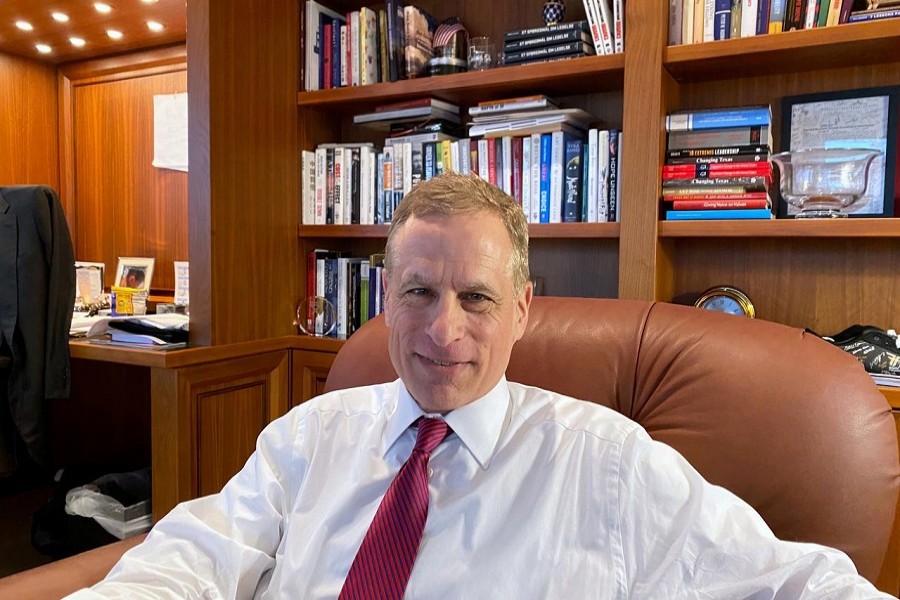The US economy is set for a deep slide in coming months with the coronavirus forcing businesses to shut and putting millions out of work, but Federal Reserve policymakers are also warning of a slugging recovery once the pandemic subsides.
“Because of the shock of this... will consumer behavior just be more cautious?” Dallas Federal Reserve Bank president Robert Kaplan asked in a phone interview with Reuters on Wednesday.
“It’s not just the safety concerns... it’s also financial and potentially job insecurity which might cause them to save more and spend less.”
Such caution will mute the strength of the rebound and leave the world’s largest economy about 4.0 per cent to 5.0 per cent smaller at the end of 2020 than it was at the end of last year, he said.
For years, household spending has powered US economic growth, boosting business and helping keep unemployment at a decades-low 3.5 per cent as recently as February. But as cases of the new coronavirus began mounting in March, authorities ordered people to stay home and cease all but essential in-person commerce to slow the spread.
US President Donald Trump has expressed the hope that once new infections are on the wane, the economy can reopen and “rocket” back to its pre-crisis strength.
Indeed, the Fed and the US government have undertaken unprecedented efforts to make that possible, with the central bank cutting rates to near zero, resuming bond purchases, and rolling out an array of programmes to stabilise financial markets. Additionally, Congress passed a $2.3 trillion rescue package late last month to deliver cash to households and grants and loans to businesses.
Chicago Federal Reserve Bank Charles Evans said in a webcast event earlier on Wednesday that the aid would allow the economy to begin to recover in the second half of 2020, depending on the health situation.
But he also painted a picture of a potentially fragile recovery, at least until a vaccine is available, with the biggest risk of a “deep and prolonged” downturn from a continuing pandemic that delays recovery.
Even if the economy began reopening by summer “in a more guarded posture,” Evans said, it could be prone to new stoppages should testing and contact tracing of infected individuals fail to stop broader outbreaks.
Richmond Federal Reserve Bank President Thomas Barkin said the success of any recovery would hinge on consumers being reassured by businesses, particularly in the service sector, that they will be safe.
“Businesses will have to find a way to convince consumers to shop, or eat out, to travel, or go to a concert or a game,” he said, suggesting restaurants could offer contactless service and more spread-out seating, while airlines could fly with middle seats empty.
“Many of these changes could increase costs and prices, but they could also reassure the public enough to bring business back to life,” Barkin said.


